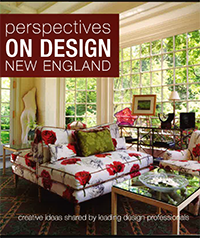Lighting for Media Rooms
Lighting in media rooms affects your viewing experience whether you are watching sports, movies, or television programs. No matter the quality of your television screen, the proper lighting layout and fixture types in the space have a major impact.
One of the most important considerations is reflection or “glare”. The larger the television, the higher chance that poorly placed lighting fixtures will cause unwanted reflections on the screen based on viewing angles. This is particularly true with overhead light sources. Focusing on ambient lighting rather than direct lighting is key. Wall sconces can add general lighting as well as a style element to the room.
Any change of plane, such as stairs or ramps, should be lighted to indicate their parameters for safety.
Always use dimmers. Rather than turning the lights completely off for your viewing experience, dimming creates a comfortable balance that is easy on your eyes. It is also important to use different layers of lighting on separate dimmers for spaces that may have multiple functions. Furthermore, a lighting control system can be used to create convenient lighting scenes for each function or task, without the wall clutter of many dimmers.
Black out window treatments should be used for unwanted natural daylight. Having motorized shades on your control system can create a “movie scene” at the push of a button. Design details for controlling glare are also important in spaces where you may be using a computer or lap top.







